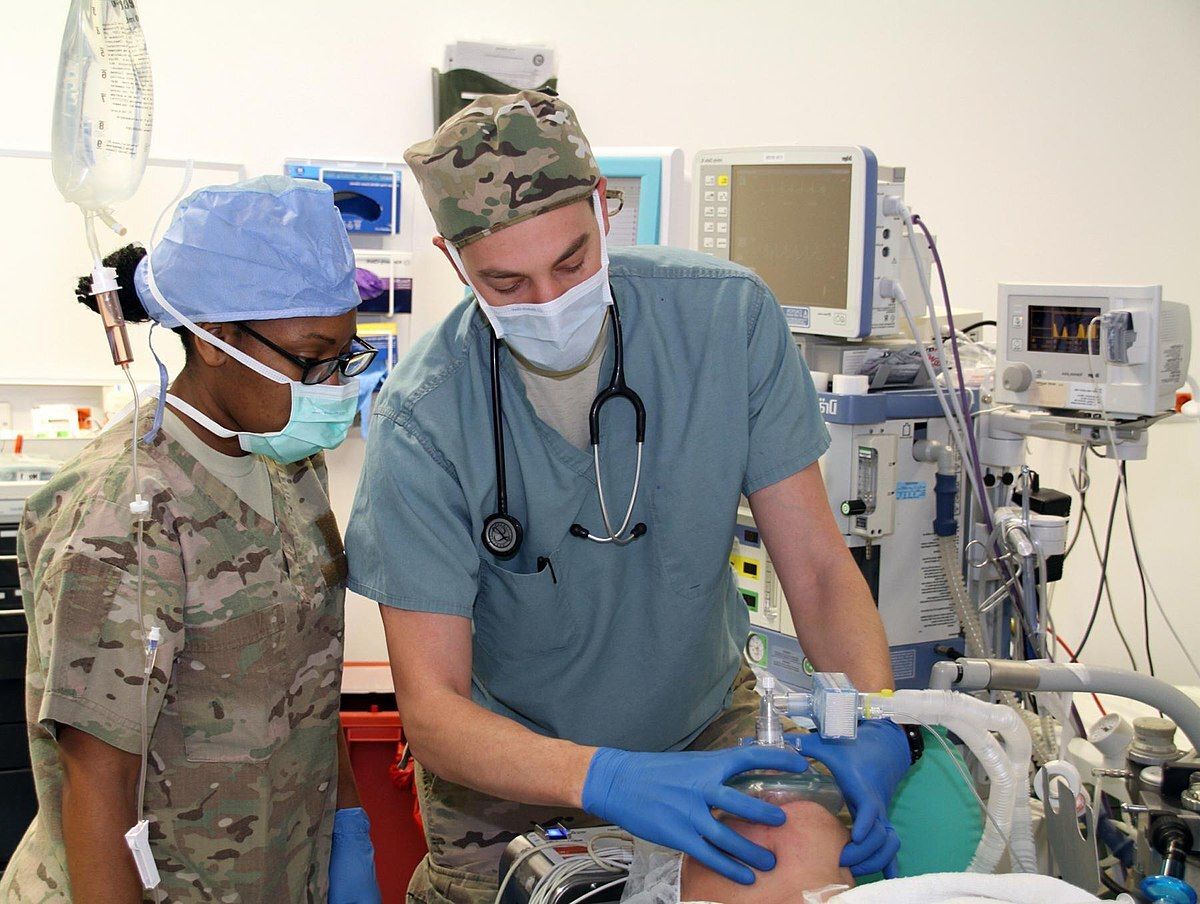
When it comes to the miracle of life, fertilization is the key event that kickstarts the amazing journey of creating a new individual. It is the moment when the sperm and egg unite, setting in motion a series of incredible biological processes that ultimately lead to the formation of a new human being. Fertilization is a fascinating and complex process that has been studied and celebrated for centuries. In this article, we will delve into some astounding facts about fertilization, shedding light on the intricate mechanisms and astonishing feats that occur during this critical event. From the staggering number of sperm released during ejaculation to the remarkable survival of sperm in the female reproductive tract, get ready to be amazed by the wonders of fertilization!
Key Takeaways:
- Fertilization is the magical union of egg and sperm, triggering the start of new life and showcasing the beauty of nature’s complexity.
- From sperm battles to genetic diversity, fertilization is a remarkable process that ensures the survival and evolution of diverse organisms.
Fertilization is the union of an egg and sperm.
At its core, fertilization is the fusion of a female egg and male sperm. This magical moment sets the stage for new life to begin.
The process of fertilization can take place internally or externally.
In some species, fertilization occurs within the female body, while in others, it happens outside the body. This variation ensures successful reproduction in diverse environments.
Fertilization triggers the formation of a zygote.
When the sperm penetrates the egg, it triggers a series of biochemical reactions that result in the formation of a zygote, the first cell of a new individual.
Sperm battle it out.
During internal fertilization, multiple sperm compete to reach the egg first. Only one lucky sperm will successfully fertilize the egg.
Fertilization can occur in different parts of the female reproductive system.
Depending on the species, fertilization can take place in the fallopian tubes, uterus, or even in specialized pouches or chambers within the female body.
Some organisms can self-fertilize.
Self-fertilization, also known as selfing, is a fascinating phenomenon found in some plants and animals. It allows individuals to reproduce without the need for a mate.
Fertilization can involve multiple partners.
In certain species, multiple males can fertilize eggs from a single female, leading to a mix of genetic material in the offspring.
Fertilization is a complex dance of molecular interactions.
The process of fertilization involves a complex interplay of molecular signals and interactions between the egg and sperm, ensuring compatibility and successful fusion.
Fertilization can be influenced by environmental factors.
Environmental factors such as temperature, pH levels, and nutrient availability can affect the success of fertilization in some organisms.
Fertilization is not limited to sexual reproduction.
In some organisms, such as certain species of fungi and algae, fertilization can occur in a process called asexual reproduction, where genetic material from two individuals merges to form a new organism.
Fertilization can take minutes or even days.
In some species, the process of fertilization can be fast, occurring within minutes of mating. However, in others, it may take days for fertilization to occur, as sperm can survive in the female reproductive tract for an extended period.
Fertilization can have external cues.
In certain organisms, external cues such as changes in temperature, light, or chemical signals can trigger or enhance the chances of successful fertilization.
Fertilization can display different reproductive strategies.
From internal fertilization in mammals to external fertilization in fish and amphibians, different species have evolved diverse reproductive strategies to ensure the survival and propagation of their offspring.
Fertilization can be assisted by specialized structures.
Some organisms have developed specialized structures, such as pollen grains in plants or sperm-containing sacs in insects, to aid in the process of fertilization.
Fertilization can result in genetic diversity.
By combining genetic material from two individuals, fertilization plays a crucial role in creating genetic diversity within a population, providing the raw materials for evolution and adaptation.
Fertilization is the start of a remarkable journey.
Once fertilization occurs, the newly formed zygote begins a remarkable developmental journey, growing into a complex organism through the process of cell division and differentiation.
In conclusion, fertilization is a truly incredible process that allows life to persist and flourish on our planet. The 16 astounding facts about fertilization mentioned here provide just a glimpse into the wonders of this intricate mechanism. From the fusion of egg and sperm to the creation of new life, fertilization is a testament to the beauty and complexity of the natural world.
Conclusion
In conclusion, fertilization is an intricate and fascinating process that occurs in all living organisms. From the incredible journey of the sperm to the fusion of egg and sperm, fertilization is necessary for the creation of new life. The various mechanisms and factors involved in fertilization are truly astounding, highlighting the complex and precise nature of reproductive biology. Understanding the process of fertilization not only expands our knowledge of life’s beginnings but also holds the key to addressing infertility and other reproductive challenges. As research continues to delve deeper into the mysteries of fertilization, we are likely to uncover even more astonishing facts about this fundamental biological process.
FAQs
1. How does fertilization occur in humans?
Fertilization in humans occurs when sperm cells travel through the female reproductive system, encountering an egg in the fallopian tube. One sperm successfully penetrates the egg, leading to the fusion of genetic material and the formation of a zygote.
2. What factors can affect fertilization?
Various factors can impact the fertilization process, including the quality and quantity of sperm, the viability of the egg, hormonal imbalances, and reproductive disorders. Age, lifestyle choices, and certain medical conditions can also play a role in determining fertility.
3. How long does fertilization take?
Fertilization typically occurs within 24 hours of ovulation, when the egg is viable. Once fertilized, the zygote starts to divide rapidly, eventually implanting itself into the uterine lining around six to ten days after fertilization.
4. Can fertilization occur outside of the human body?
Yes, fertilization can occur outside of the human body through assisted reproductive technologies such as in vitro fertilization (IVF). In this procedure, eggs are fertilized with sperm outside the body and then transferred into the uterus to establish a pregnancy.
5. Can fertilization result in multiple pregnancies?
Yes, fertilization can result in multiple pregnancies. When multiple eggs are released during ovulation and each is fertilized by a separate sperm, it can lead to the development of twins, triplets, or even higher-order multiples.
6. What are the chances of fertilization occurring?
The chances of fertilization occurring depend on various factors, including the timing of intercourse, the quality of sperm and egg, and the overall fertility of the individuals involved. On average, the likelihood of a sperm successfully fertilizing an egg is estimated to be around 15-20% per menstrual cycle.
7. Can fertilization be influenced by lifestyle choices?
Yes, lifestyle choices can impact fertilization. Factors such as smoking, excessive alcohol consumption, poor diet, stress, and exposure to environmental toxins can affect sperm and egg quality, reducing the chances of successful fertilization.
8. Are there any risks associated with fertilization?
Fertilization itself is a natural biological process and does not carry inherent risks. However, certain medical conditions and abnormalities in the reproductive system can increase the risk of complications during fertilization or pregnancy.
Fertilization marks the beginning of life's incredible journey, but there's still much to learn about this fascinating process. Curious minds might wonder how carrots reproduce or what factors influence human fertility rates. Green thumbs may seek information on nourishing pecan trees for optimal growth and nut production. Explore these captivating topics and expand your knowledge of the intricate world of fertility and reproduction.
Was this page helpful?
Our commitment to delivering trustworthy and engaging content is at the heart of what we do. Each fact on our site is contributed by real users like you, bringing a wealth of diverse insights and information. To ensure the highest standards of accuracy and reliability, our dedicated editors meticulously review each submission. This process guarantees that the facts we share are not only fascinating but also credible. Trust in our commitment to quality and authenticity as you explore and learn with us.


